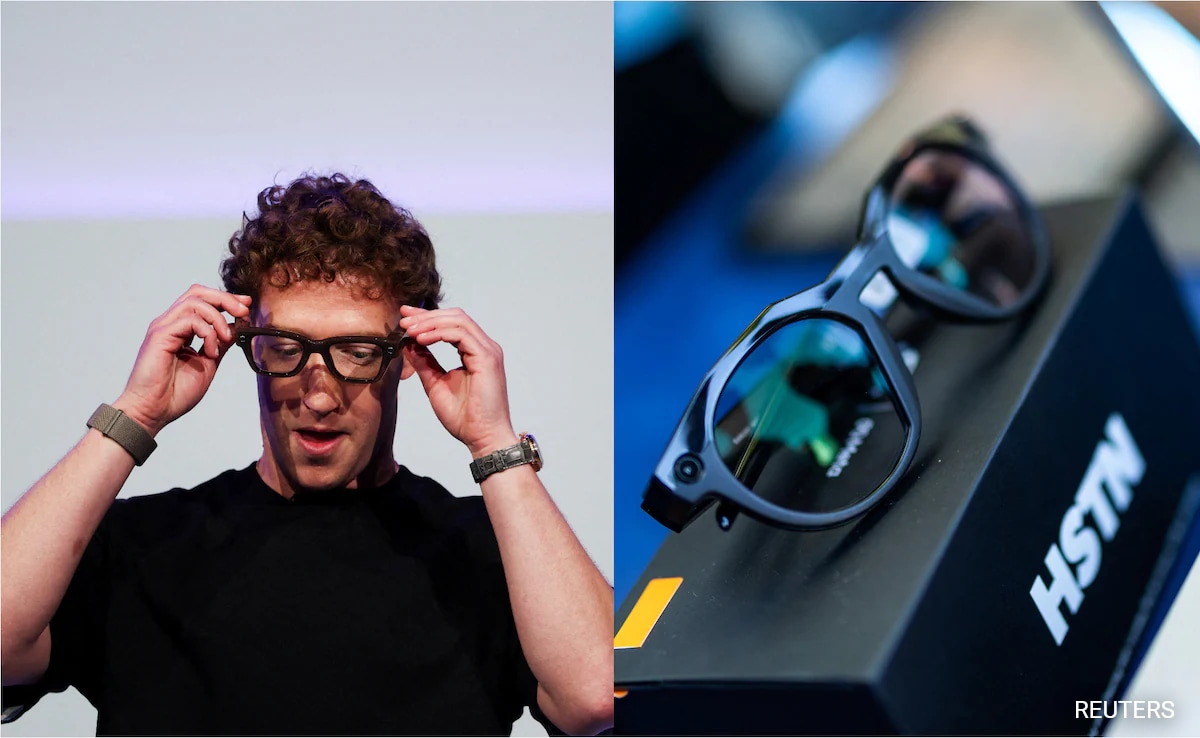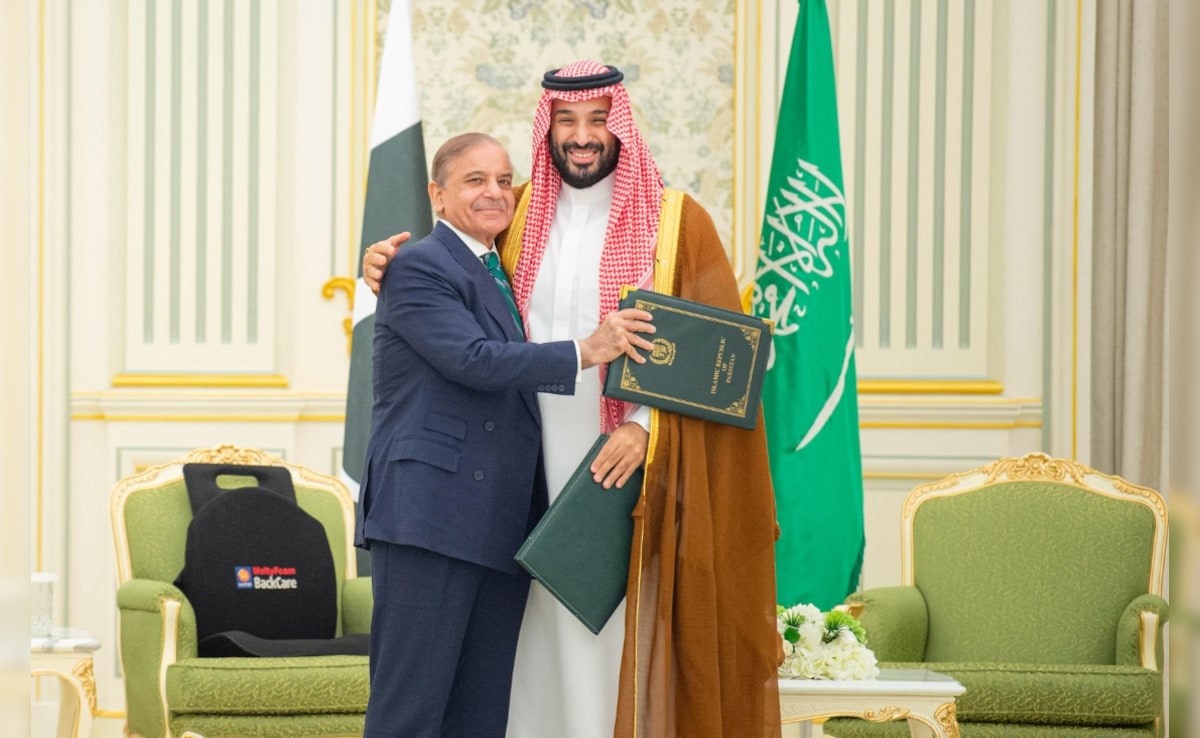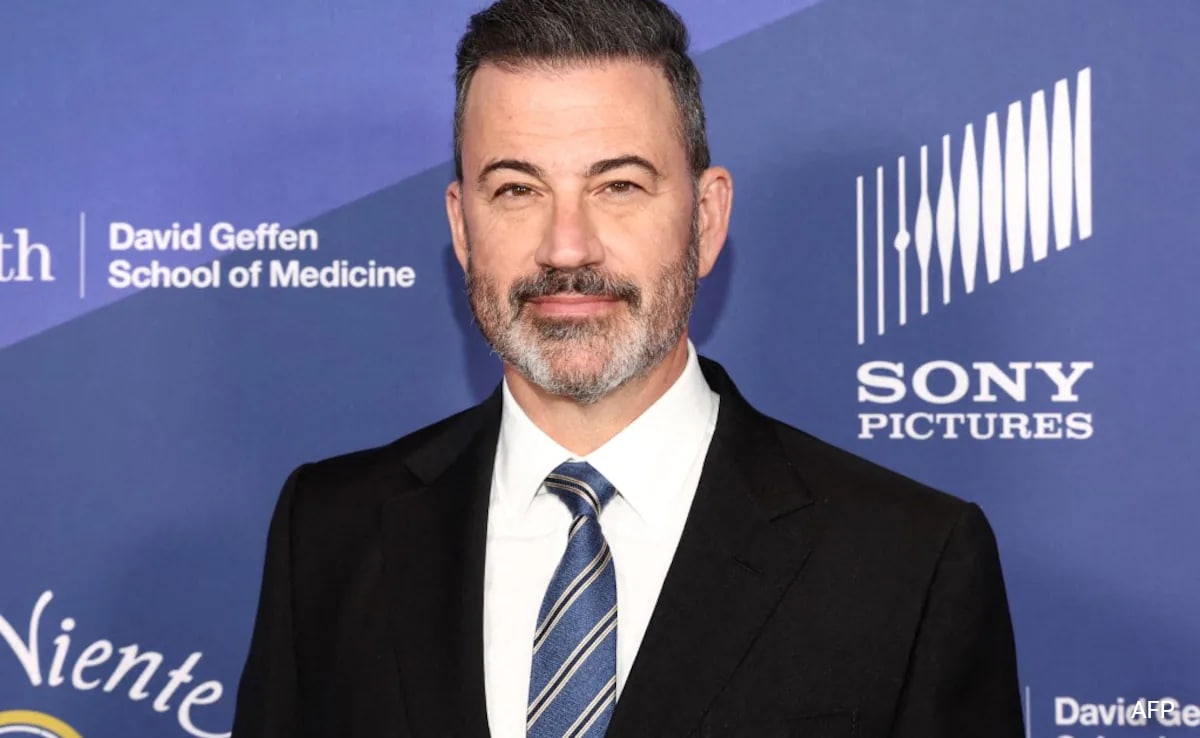Biden said he’s seeking more sanctions — comments echoed by French President Emmanuel Macron and Germany’s defense minister. More European leaders said they would support an embargo on Russian oil and coal, but the issue remains thorny for the European Union, and the bloc is set to discuss it this week.
Here’s what to know
London’s National Gallery renames ‘Russian Dancers’ drawing as ‘Ukrainian Dancers’
Return to menuLondon’s National Gallery has changed the name of a drawing by French impressionist Edgar Degas from “Russian Dancers” to “Ukrainian Dancers,” after mounting pressure on social media from Ukrainians calling on institutions to review how they label Ukrainian art and culture.
The painting, which is not currently on display at the museum but can be viewed on the gallery’s website, is believed to have been created by Degas in 1899. It shows dancers clutching garlands of yellow and blue — the colors of Ukraine’s flag — and wearing the same colors in their hair.
In an Instagram post last month, one user called on the gallery to “change the name” of the painting “to a historically correct one,” while others drew attention to the fact that “Ukraine’s culture has lived under being labelled Russian for so long.” “The dancers are not Russian and never were,” the post from Tanya Kolotusha, who describes herself as a Ukrainian living in London, read.
“Hi Tanya, we have updated the painting’s title to better reflect the subject of the painting. Thank you,” the official Instagram account for London’s National Gallery wrote in response about two weeks ago.
“The title of this painting has been an ongoing point of discussion for many years and is covered in scholarly literature; however there has been increased focus on it over the past month due to the current situation,” a spokesperson for the National Gallery said in a statement to the Guardian. “Therefore we felt it was an appropriate moment to update the painting’s title to better reflect the subject.”
Bucha massacre tests Europe’s ‘red lines’ on Russian energy
Return to menuEurope is united in its outrage over evidence of alleged Russian atrocities in Ukraine. But the European Union is not sure what it is willing to do about it, especially when it comes to energy.
As photographs of bodies in the streets of the town of Bucha circulated online over the weekend, horrified Ukrainian and European officials called for the E.U. to finally stop buying Russian oil and gas.
Every barrel of oil and ton of gas is “soaked in the blood” of those killed, the speaker of Ukraine’s parliament said. Lithuania’s foreign minister warned other E.U. countries not to become “accomplices.”
In Mykolaiv, Russia continues a pattern: Shelling hospitals
Return to menuMYKOLAIV, Ukraine — Mothers with newborn babies, a woman with a heart condition and elderly people who couldn’t walk on their own hurriedly evacuated to the basement at a Mykolaiv hospital on Sunday night as the booming thuds of artillery drew closer.
They made it down to shelter just in time. Five minutes after patients and staff had crowded into the cramped underground hallway, a suspected cluster munition landed right next to the building. The blast shattered nearly all of the windows.
It made for an eventful first night for Bohdan, who was born in the makeshift bomb shelter after his mother, Vitalina, and others from the maternity ward made the most harrowing journey to safety, from the hospital’s top floor.
“The Russians are animals; there’s no other explanation,” said Bohdan’s grandmother Vlada.
‘The video is brutal’: Zelensky cites Bucha in push for more sanctions
Return to menuIn his first address to European lawmakers since horrific images from a Kyiv suburb drew international outrage, Ukrainian President Volodymyr Zelensky told the Romanian Parliament that current sanctions on Moscow are “not enough.” He urged the European Union to provide weapons, close its ports to Russian ships and stop importing Russian energy.
Zelensky also screened a graphic 90-second compilation of photographs and footage that he said showed the aftermath of Russian occupation in the suburb, Bucha.
“I apologize,” he said. “The video is brutal, but it’s a reality.”
The video showed dead bodies sprawled in the street — some with bound hands, others straddling bicycles as though they’d been cut down as they rode. In one picture, a woman’s lifeless hand could be seen with red nail polish. Footage of mass graves showed limbs sticking out of the dirt.
Ukrainian officials have been able to identify about 300 victims so far, Zelensky said, but he expects the final toll to be far higher.
The Russian Defense Ministry quickly dismissed photos and videos out of Bucha as a Ukrainian “production.” It said Russian forces withdrew from the suburb “as early as March 30” and suggested bodies lacked the telltale signs of corpses left out for at least several days.
But satellite photos of the street in one widely shared video indicate the bodies were present for weeks, according to satellite company Maxar Technologies. That would mean the deaths predated Russian forces’ exit.
Maxar said it photographed Bucha’s Yablonska Street, where a viral video posted online Saturday shows at least 9 bodies strewn along the road. The Washington Post verified the footage.
Maxar on Monday shared a New York Times analysis that found the satellite company’s images contradicted Russian claims.
Ukrainian residents recount how they were terrorized by new Russian overlords
Return to menuRussians arrived in columns of armored vehicles and occupied these hamlets for about 10 days before Ukrainian military forces ejected them. In interviews with The Washington Post in recent days, residents recounted how they were terrorized by their new Russian overlords. Their stories offer a glimpse of abuse and violence against unarmed civilians that could be used as evidence in potential war crimes cases against Russian President Vladimir Putin’s military.
Similar stories have been emerging in recent days from areas around Kyiv that were under Russian control until recently. In places like Irpin and Bucha, residents are also describing abuse, torture and killings at the hands of occupying Russian soldiers.
Villagers here in the Mykolaiv area said soldiers repeatedly threatened them at gunpoint. They broke into the stores and looted ice cream and other produce, locals said. Some people said their cars were stolen. Others described the soldiers forcing them out of their homes so they could live there.
The latest on key battlegrounds in Ukraine
Return to menu
Russian-held areas and troop movement
BELARUS
RUSSIA
POL.
Chernihiv
Separatist-
controlled
area
Kyiv
Lviv
Kharkiv
UKRAINE
Mariupol
Odessa
ROMANIA
200 MILES
Control areas as of April 4
Sources: Institute for the Study of War,
AEI’s Critical Threats Project, Post reporting
THE WASHINGTON POST

Russian-held areas
and troop movement
BELARUS
RUSSIA
Chernihiv
POLAND
Chernobyl
Kyiv
Sumy
Lviv
Kharkiv
UKRAINE
Separatist-
controlled
area
Odessa
Mariupol
Berdyansk
ROMANIA
Kherson
Sea of
Azov
Crimea
Annexed by Russia
in 2014
100 MILES
Active nuclear power plants with power-generating capabilities
Black Sea
Control areas as of April 4
Sources: Institute for the Study of War, AEI's Critical Threats Project, Post reporting

Russian-held areas
and troop movement
BELARUS
RUSSIA
Chernihiv
POLAND
Chernobyl
Kyiv
Sumy
Lviv
Kharkiv
Separatist-
controlled
area
UKRAINE
Mykolaiv
Mariupol
Berdyansk
Kherson
ROMANIA
Odessa
Sea of
Azov
Kherson
Crimea
Annexed by Russia
in 2014
Active nuclear power plants with power-generating capabilities
Black
Sea
Control areas as of April 4
100 MILES
Sources: Institute for the Study of War, AEI's Critical Threats Project, Post reporting
David Stern and Jennifer Hassan contributed to this report.
Bucha to be ‘front and center’ of U.N. Security Council meeting
Return to menuBritish United Nations Ambassador Barbara Woodward voiced support Monday for the United States’ call to suspend Russia from the U.N. Human Rights Council after images emerged appearing to show Russian atrocities against civilians in Bucha.
Woodward, the April president of the U.N. Security Council, said during a news conference that “we will look to take that forward here in the coming days.” She added, “As the images from Bucha came through over the weekend, we were all appalled.”
The Security Council is set to discuss Ukraine on Tuesday, and Woodward said she had “no doubt that the situation in Bucha will be absolutely front and center of the meeting.” Russia had requested to meet Monday to rebut allegations that its troops committed a mass assault on civilians in what Ukrainian officials have called war crimes.
Woodward defended rejecting that request, saying back-to-back meetings were not needed and the extra day allows for a more informed meeting that will be “the most important counter to Russian disinformation.” She said the visuals, which appeared to show deceased civilians and mass graves after Russia’s retreat from Bucha, “were harrowing, appalling, probable evidence of war crimes and possibly of genocide.”
Suspending Russia from the Human Rights Council would require the support of at least two-thirds of the U.N. General Assembly’s 193 members. Woodward said she expected to accomplish that, noting 141 nations had voted to condemn the invasion.
“We want to keep the pressure on Russia,” she said, “so that we can support all of the work that’s going on to see Russia leave Ukraine.”
.png)











 English (United States) ·
English (United States) ·  Turkish (Turkey) ·
Turkish (Turkey) ·